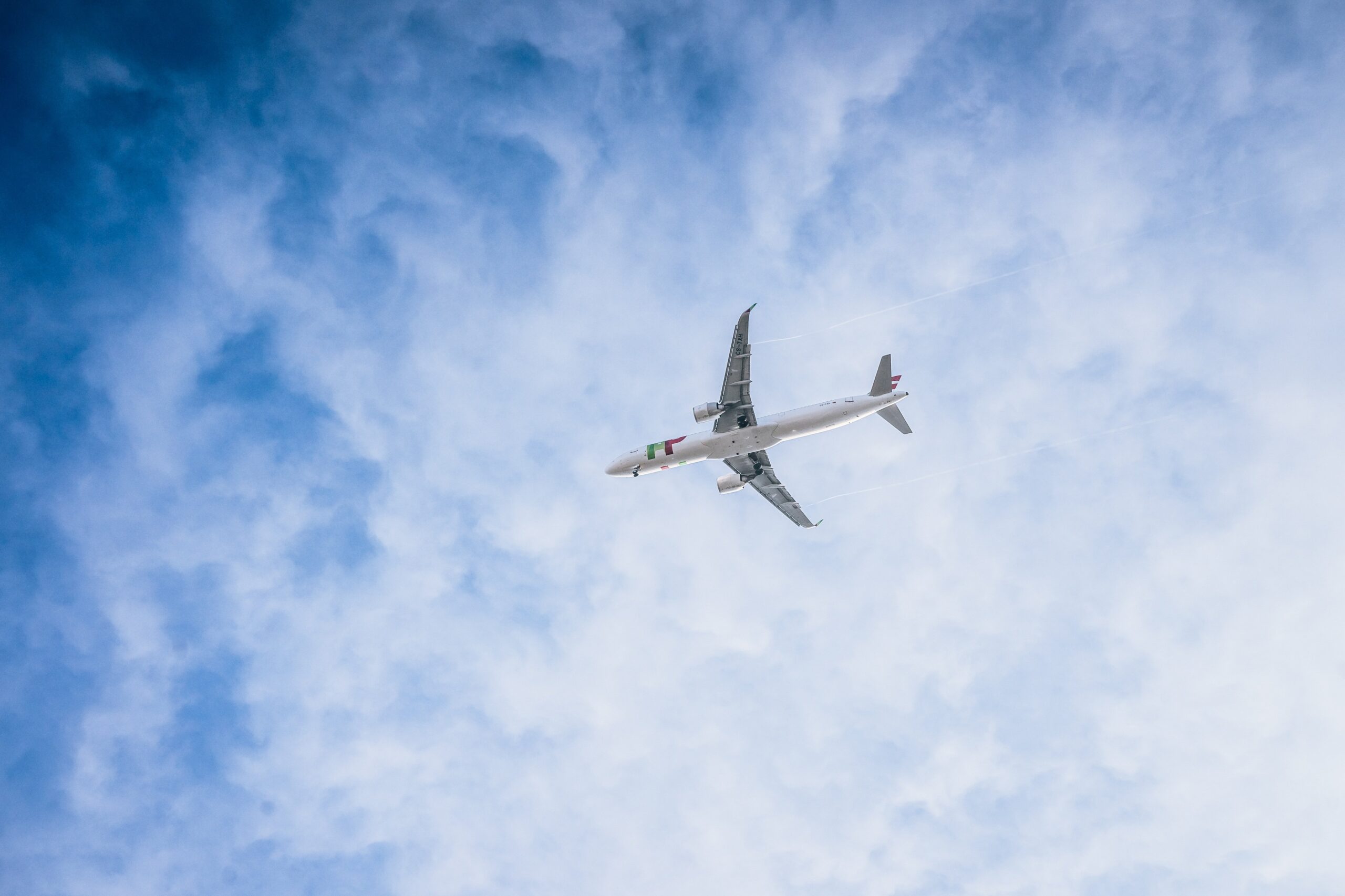Travel begins long before travellers book a ticket. It starts with curiosity, and an instinct that another horizon might change the way we see our own. According to the new 2026 Travel Trends report from Skyscanner, that instinct has gone global. Canadians now approach travel as a reflection of identity and purpose rather than a pause from daily life.
Skyscanner’s report charts a shift toward what it calls “personal journeys.” Instead of chasing postcard moments, travellers are seeking experiences that mirror their values. Many want wellness stitched through the itinerary, connection at the table, and a sense of place that aligns with how they wish to feel.
The 2026 data shows a clear tilt toward meaning over mileage. The “Glowmads” trend highlights the rise of beauty and wellness travel as Canadians pursue spa programs and holistic retreats abroad as part of self-care. “Altitude Shift” points to a renewed affection for the mountains. Seventy-four percent of Canadians say they plan to seek elevation in 2026, from alpine villages in Europe to volcanic ranges in the Azores. Other trends like “Bookbound,” “Shelf Discovery,” “Catching Flights and Feelings,” and “Destination Check-in” signal a broader appetite for literature-inspired escapes, culinary exploration, emotional connection, and hotel stays that define the entire experience.
Data from Skyscanner’s search patterns adds texture to these shifts. Terceira Lajes in Portugal leads global growth in interest among Canadians, up 209 percent, followed by Saint Kitts, Saint Lucia, Guadalajara, and Comox. Victoria and Gander also rank in the top 10, each climbing more than 100 percent. The mix of near and far suggests a nation divided between rediscovering its coastlines and reaching for new continents.
Cost continues to shape those choices. Sixty-two percent of Canadians rank airfare as the most influential factor in deciding where to go, and 58 percent weigh accommodation costs most heavily. Yet the focus on value does not translate to compromise. Travellers are choosing fewer stops and more distinctive stays, aiming for quality time rather than quantity that blurs together.
Beyond cost concerns, the report highlights specific destinations where Canadians will get more for their travel dollar. The Best Value section of Skyscanner’s 2026 report spotlights destinations where airfare has fallen most steeply, making previously premium trips more accessible.
For Canadians, Lyon registers a 35 percent decline in average flight fares, Dublin drops 29 percent, and Seoul shows a 22 percent reduction. Other strong performers include Bucharest and Zurich (both down 21 percent), Venice and Ponta Delgada (down 20 percent) and Mexico City (down 16 percent). The report credits new direct routes and expanded low-cost-carrier service for the reductions. The implication: Canadians can reach luxury or distant-destination travel with greater value, aligning with the broader shift toward quality and purpose over sheer mileage.
Skyscanner’s survey of more than 1,000 Canadian travellers offers a sharper view of how next year’s habits will take shape. Thirty-four percent plan to explore local supermarkets and grocery stores abroad, 28 percent will travel with multiple generations and 27 percent will choose accommodations that are part of the destination experience itself. Almost one in four expect to hike, a reminder that adventure remains a defining thread in Canadian travel, and 23 percent will pack a novel with plans to read it in the place that inspired it. Even beauty drives curiosity — seven percent intend to seek local skincare products during their travels.
Canadians appear ready to travel with greater purpose, to collect experiences rooted in connection and curiosity rather than routine.

